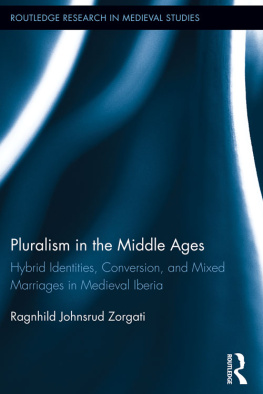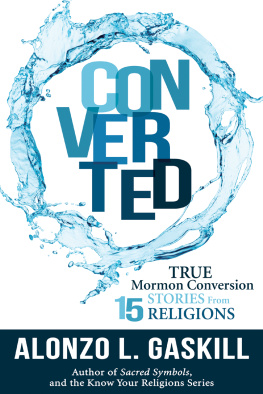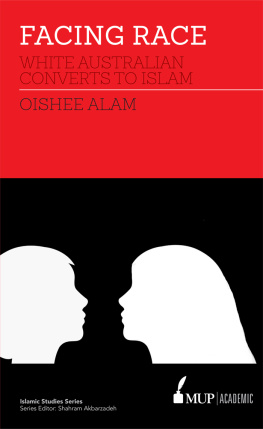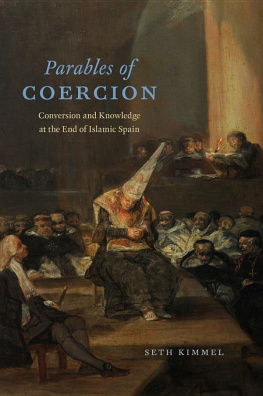First published in 1996 by
Kegan Paul International
This edition first published in 2010 by
Routledge
2 Park Square, Milton Park, Abingdon, Oxon, OX14 4RN
Simultaneously published in the USA and Canada
by Routledge
270 Madison Avenue, NewYork, NY 10016
Routledge is an imprint of the Taylor & Francis Group, an informa business
Ali Kose 1996
Transferred to Digital Printing 2010
All rights reserved. No part of this book may be reprinted or reproduced or utilised in any form or by any electronic, mechanical, or other means, now known or hereafter invented, including photocopying and recording, or in any information storage or retrieval system, without permission in writing from the publishers.
British Library Cataloguing in Publication Data
A catalogue record for this book is available from the British Library
ISBN 10: 0-7103-0546-X (hbk)
ISBN 13: 978-0-7103-0546-(6h bk)
Publisher's Note
The publisher has gone to great lengths to ensure the quality of this reprint but points out that some imperfections in the original copies may be apparent.The publisher has made every effort to contact original copyright holders and would welcome correspondence from those they have been unable to trace.
To Bosnian women
who have suffered horribly
ACKNOWLEDGEMENTS
This book is not the product of months or years of isolation in a library. It has had to rely on the help of tens of people who have come to my assistance by talking to me. I am grateful to the people I have interviewed. They allowed me to enter their lives. None of my work would have been possible without the help of these people who gave me their time and hospitality.
It is impossible for me to thank all the people who have contributed to the research, but there are certain categories of people to whom I must express my gratitude and debt. In the first place, with all sincerity and however inadequate the words, I should like to express my deep gratitude to Dr. C. M. Loewen-thai who was a steadfast source of suggestions and criticism throughout the research. Secondly, I am grateful for the financial support that I received from Trkiye Diyanet Vakfi. Thirdly, I wish to record my thanks to Louise Baker and Talip Kckcan who read the manuscript in its final stages and made helpful suggestions, and Daoud Owen, the president of the Association for British Muslims, who provided a substantial amount of information on native British converts to Islam. Finally, my biggest debt is to my wife without whose encouragement and bullying this book could not have been prepared.
INTRODUCTION
Religious conversion is an immensely complex phenomenon. The term religious conversion comprises three experiences. It may be an experience of increased devotion within the same religious structure, a shift from no religious commitment to a devout religious life, or a change from one religion to another. Conversion experiences may come about in different circumstances, in different ways, and with different outcomes. They may occur in the soul-searching, sincere man/woman, who may find greater values in beliefs other than those s/he was exposed to in his/her childhood or in an individual who wishes to marry an adherent of a religion other than his/hers.
Since the turn of the century social scientists and religionists have adopted different perspectives when explaining the nature of the conversion experience. Social scientists have proposed a range of social and psychological forces at work, while believers have emphasised the nature of divine-human encounter. Social scientists have also differed among themselves as to the causes of conversion. Their differences may be categorised under three themes (see Heirich, 1977: 6546); the first sees conversion as a fantasy solution to stress, in which the threatening situation is overcome either by making an alliance with supernatural forces or by changing ones frame of reference so that previously distressing material no longer seems important. Much of the psychological literature on religion favour this perspective. The second focuses on previous conditioning rather than the circumstances which produce the immediate result (e.g. stress). Thus it looks for socialisation circumstances that should leave one ripe for plucking. It looks at parental orientations, sex-role education, and the impact of schooling. The third emphasises interactions that make a different understanding of ones experience possible. It focuses upon conditions that lead one to take a particular frame of reference seriously. It involves analysis of patterns of interpersonal influence, whereby inputs from others become so mutually consistent and reinforcing that one begins to see things through the others eyes. Many social scientists have focused their attention on a single causal explanation, but some have seen conversion as involving all three processes in interaction, as in Lofland-Starks (1965: 874) seven-step conversion process model.
The present book is the outcome of an interview study based on the accounts of 70 converts to Islam, 50 males and 20 females, during 199091 in various parts of England. The sample consists of 66 English, 3 Irish, and 1 Welsh. 51 were Church of England, 12 were Catholics, 3 were Methodists, and 4 were Jews. Their ages range from 17 to 66 years, and had been converted between 1 week and 48 years prior to participating in the study. 23 (33%) are currently involved in Sufism . The group of Shaykh Nazim and Abd al-Qadir as-Sufi (al-Murabit) were observed and 23 native British converts from these groups were interviewed.
The major objective of this research is to record the conversion experiences of 70 native British converts to Islam and to provide, to a certain extent, the reasons underlying them. It endeavours to understand the psychological and sociological roots of their conversion experience. What has provoked these people? What are the backgrounds of the converts? What are the patterns of conversion to Islam? What is the nature of this transformation? What are the processes involved? Are there long-term predispositions? And how far are existing conversion theories applicable to native British converts to Islam?
A questionnaire which covered the whole lifespan of the converts, i.e. childhood, adolescence experiences, and conversion process, etc. was prepared. Though the source of information was primarily the interviews, available published and unpublished records and books, newspapers, magazines, and journals were also used. To aid in the construction of the interview questionnaire the literature on religious experience and conversion in the domain of psychology and sociology was reviewed (e.g. Starbuck, 1911; Pratt, 1948; Salzman, 1953; Heirich, 1977; Downton, 1980, Ullman, 1989; Poston, 1992; Gillespie, 1991). The growing literature about the new religious movements was also examined (e.g. Bellah, 1976; Lofland, 1977a; Greil, 1977; Barker, 1984 and 1989; Wallis, 1984; Robbins, 1988). In choosing the questions the results of previous studies were taken into account. For example, Ullman (1989: 1116) found that converts characterised their childhood as unhappy reporting specific, disturbing, traumatic events. So, to test the validity of this finding for the present sample questions on childhood experiences like Can you describe your relationship with your parents when a child?, or Did anything unusual like separation from either parents happen to you? were included.









